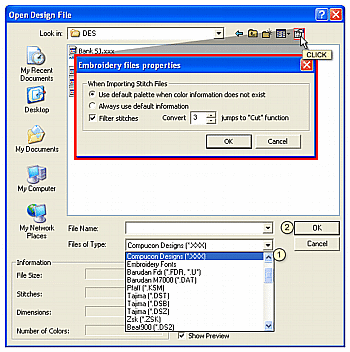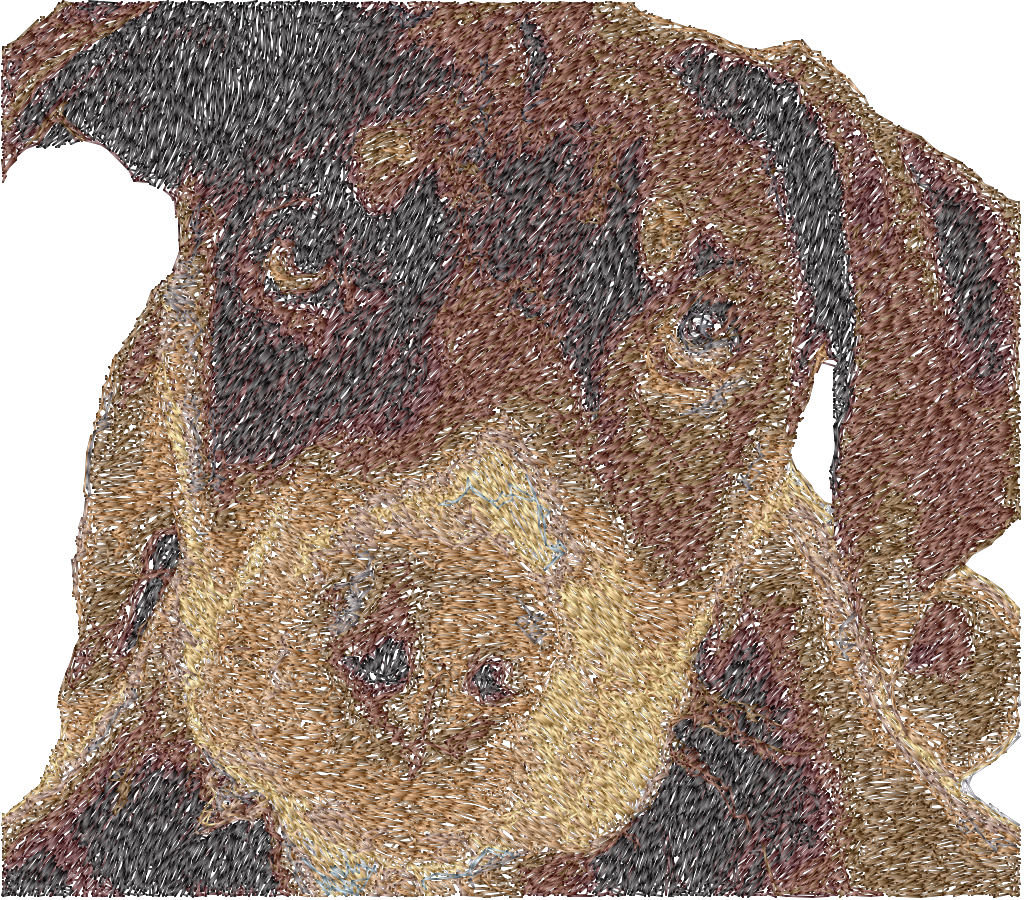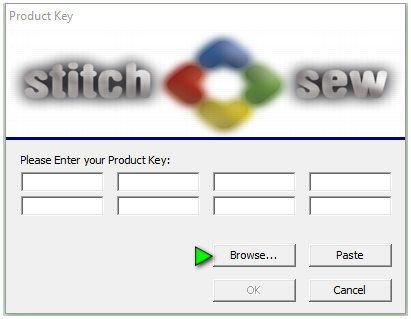Author Archives: admin
University
[scc_updates]
Open Design From PC
Open a Design from Hard Disk
Designs are normally saved to the hard disk in (ERF)or (XXX) format. The designs are stored by default in the C:\Des directory. When you first select Open Design by either the top toolbar icon or the File pull down menu, this directory will open. We recommend that you continue to use this directory for your designs, as it is not affected by future updates of the program.

 Click the Open Design icon
Click the Open Design icon- Click the down arrow in the File Type section as shown in the image at the right by
 to show a list of file types. You can filter the results to display a specific file type, or you can choose to display all the the embroidery file types that can be opened
to show a list of file types. You can filter the results to display a specific file type, or you can choose to display all the the embroidery file types that can be opened - Select All Embroidery Files from the drop down list
- Select a design from the top window.
- Click OK to open the selected design.
The system can filter the stitch data and break the design into simple blocks to make editing easier. The input filter can be activated or deactivated in the System Parameters>Files tab. Or a quick link is provided in the Open Design dialog box as shown at the top of the image.
The Input filter automatically splits the design into blocks based on color. It will further divide these blocks at every thread trim code. Some formats such as DST do not support trim codes and instead use a series of small jump stitches to trigger the machine to cut the thread. The input filter will convert these jump sequences into actual trim codes based upon the number of jumps defined in the filter.
General Design Types
The EOS program can read most major design formats. Designs such as FMC, FDR, are machine specific formats which must be opened from the Machine Disk menu.
Designs such as .XXX, .REF, .DST, .EXP and others are DOS compliant and can be accessed utilizing the procedures outlined in this section. To access non DOS designs refer to the section on Machine Disks.
There 2 basic types of embroidery files, outline and stitch.
An Outline file contains not only the stitch information for the design , but also, the block information that was generated when the design was created. When these types of files are read into the program, the system will display each piece of block data as a separate item in the Object List.
A Stitch file contains only the stitch data for the file. The stitch data is essentially one block of information and will be displayed as a single block in the Object list.
Files such as ERF,REF,CND and PCH are Outline files while files of type XXX,FDR,U01,DST etc… are stitch files.




